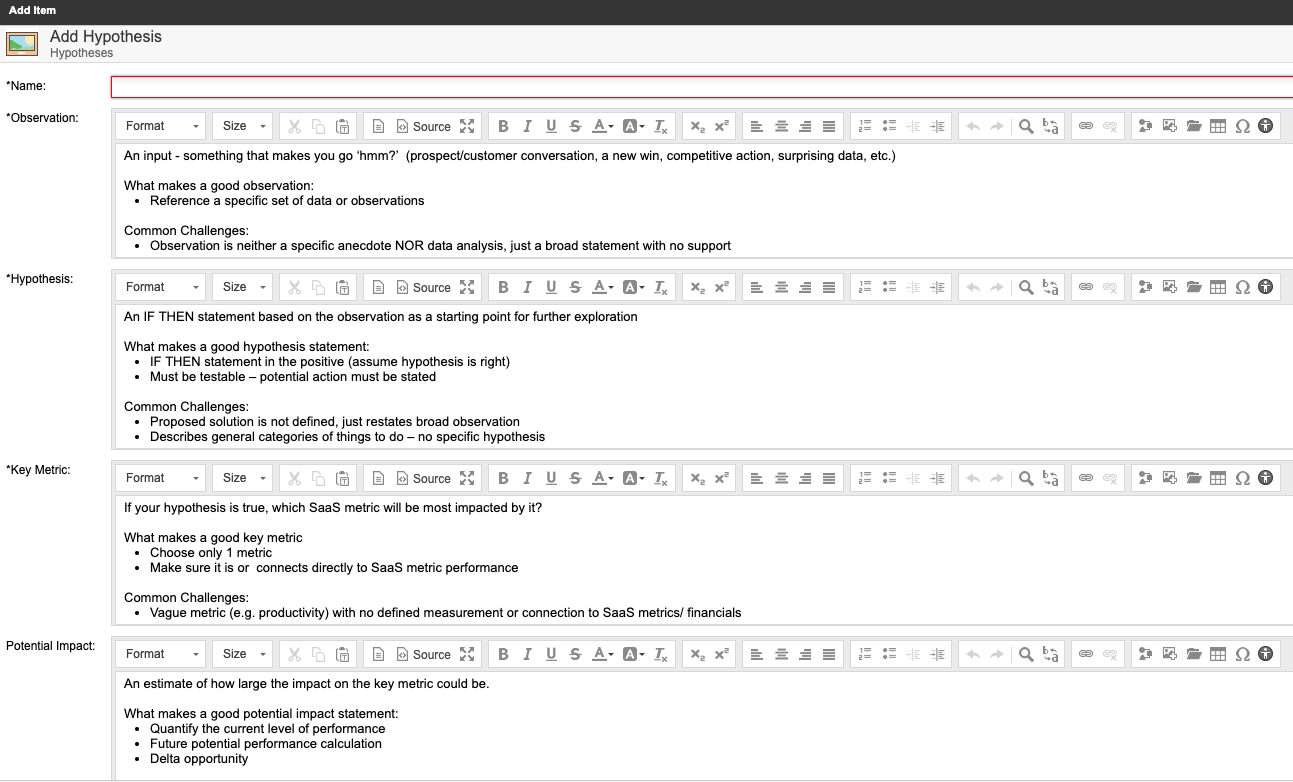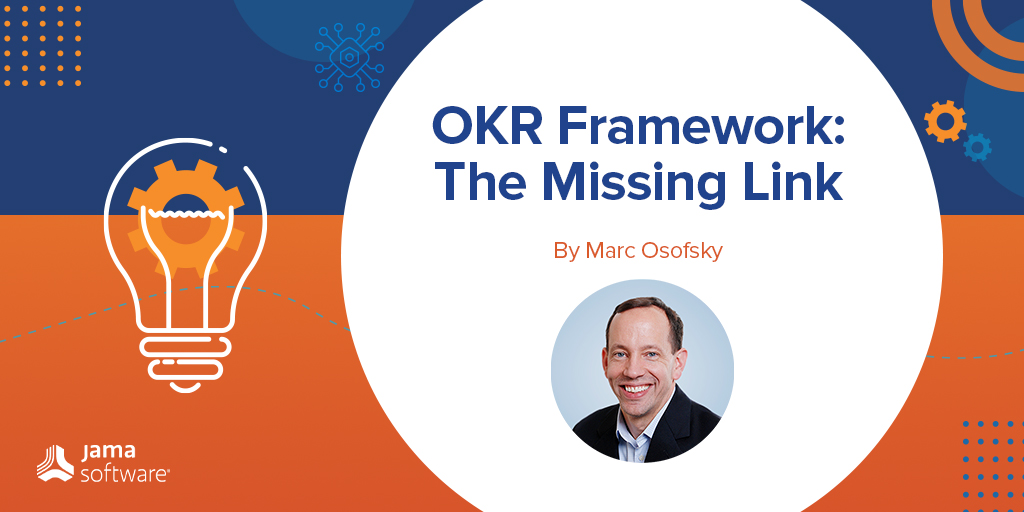OKRs (Objectives and Key Results) are a wonderfully simple business tool to explicitly declare what we should focus on with a goal to determine if we succeed. But two critical questions that should be answered before any effort begins, often remain unexamined or not explicitly defined:
- Why are we focused on this objective and not something else?
- How are we going to achieve the goal?
No part of the OKR framework asks these questions and so many companies launch significant efforts against objectives that are inferior and with no defined hypotheses on how to achieve the specified goals. This leads to misallocation of resources and underperformance. In addition, the learning that comes from testing hypotheses is lost so there is no organizational foundation of knowledge to share and build the organizational capacity for growth.
At Jama Software, we are attempting to address this missing link by adding hypotheses to the OKR framework. Here is a brief overview of our four-step approach:
Step 1: Define a Business Hypothesis and Train All Employees
STEM majors are familiar with the scientific method, but not in a business context and if it is not part of company culture it is not often applied. Liberal arts majors are not as familiar with the scientific method and need more training on how to apply it.
We created a defined template to help jumpstart the development of hypotheses in the OKR framework. The key elements are as follows:
- Observation – something that makes you go “hmm” and inspires a hypothesis to improve performance
- Hypothesis – an If/then statement describing an action that leads to an impactful outcome if true
- Key Metric – what is the one business metric that will be impacted
- Potential Impact – what is the current level of performance, what higher level of performance is likely if the hypothesis is true?
- Test – how can the hypothesis be tested quickly and efficiently? Test results and conclusions are then captured in the system
As we rolled this out, IDEA became a four–letter word. The reason for this is the following:
- Ideas often include emotional attachment. “My idea” vs. “Your idea” where only one can win. A decision about which idea to choose often happens based on hierarchical authority or organizational politics. Not the ideal approach for the best thinking to drive the company forward.
- Ideas are often little more than a fragmented beginning. Ideas often phrased as “Why don’t we do X?” were commonplace until we rolled out hypothesis training. It became clear to all that this question was a starting point, but not sufficient to raise to others in the organization to engage with. These ideas are now converted into hypotheses that can be built upon.

Creating a New Hypothesis in Jama Connect
Step 2: Encourage the Creation of Hypotheses
Anyone at Jama Software can create a hypothesis and share it for input and refinement. This provides a wonderful mechanism for full participation in a learning organization and performance improvement ideas that span functional groups. The structure of the hypothesis makes it very efficient for others to quickly understand the hypothesis and provide refinements through threaded comments. Learning is now structured, shared, and built upon — rather than lost in fragmented thoughts via email, Slack, PowerPoint, etc.
Step 3: Connect Hypotheses and OKRs
Every OKR must be linked to at least one hypothesis – the HOW to achieve the key result. We found that initially, for some OKRs, activities could be described, but no one could articulate an actual hypothesis. This made it clear which OKRs were least likely to achieve their key results and resulted in some deeper thinking to come up with an actual hypothesis to test.
Step 4: Live and Reinforce Hypotheses
Management must have the discipline to follow the scientific method and reinforce its use across the organization. It is easy to fall into past bad habits and shortchange the thinking required to articulate a hypothesis. It most often happens when your belief in your idea is strong and you are emotionally committed to it. Of course, this is exactly what a hypothesis can address and ensure that the whole team sees its leaders embracing a true learning organization.
